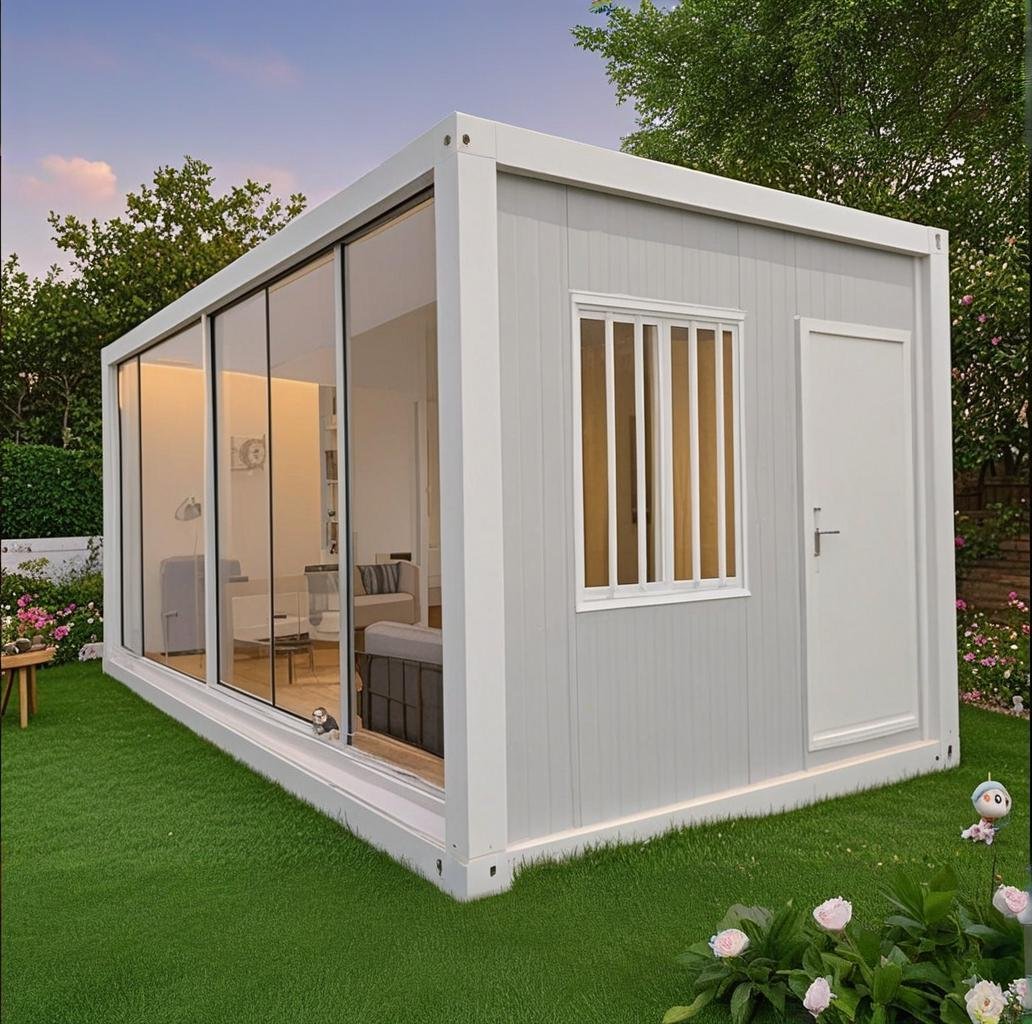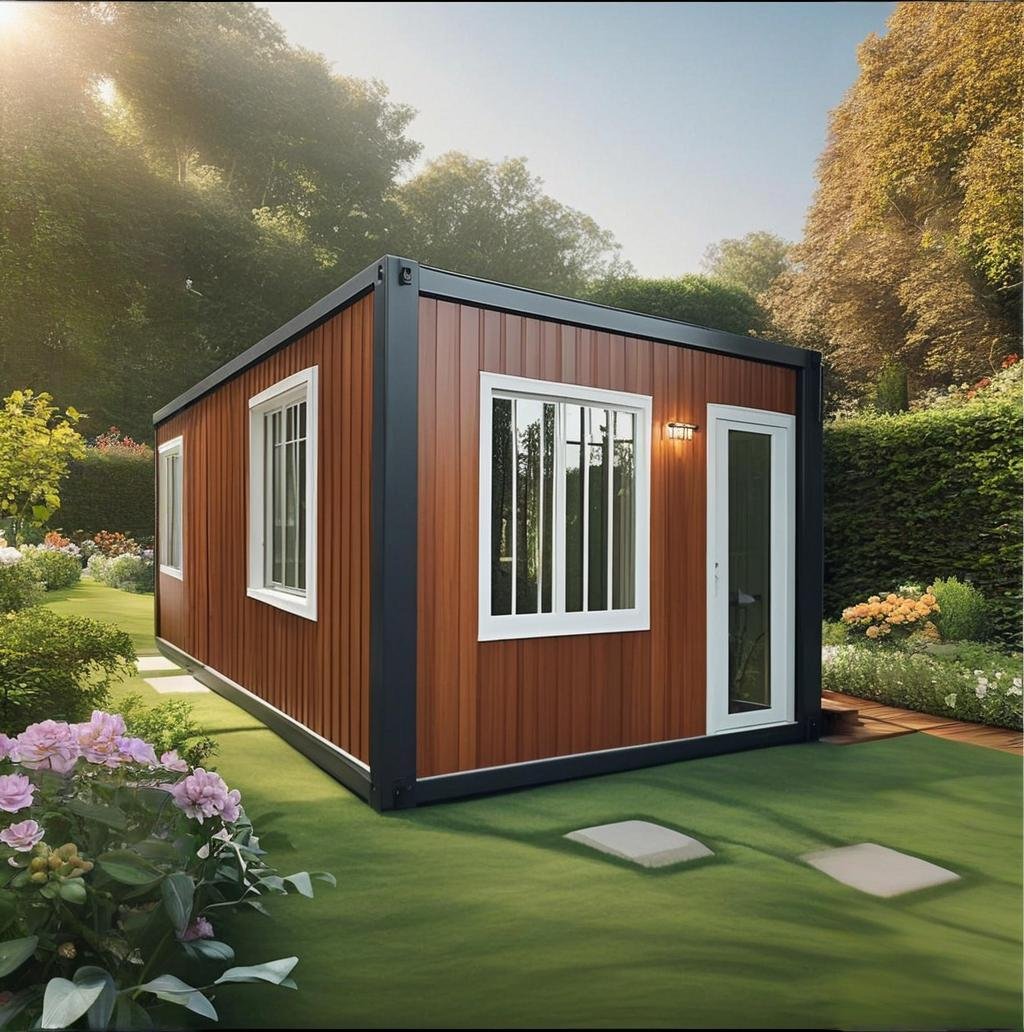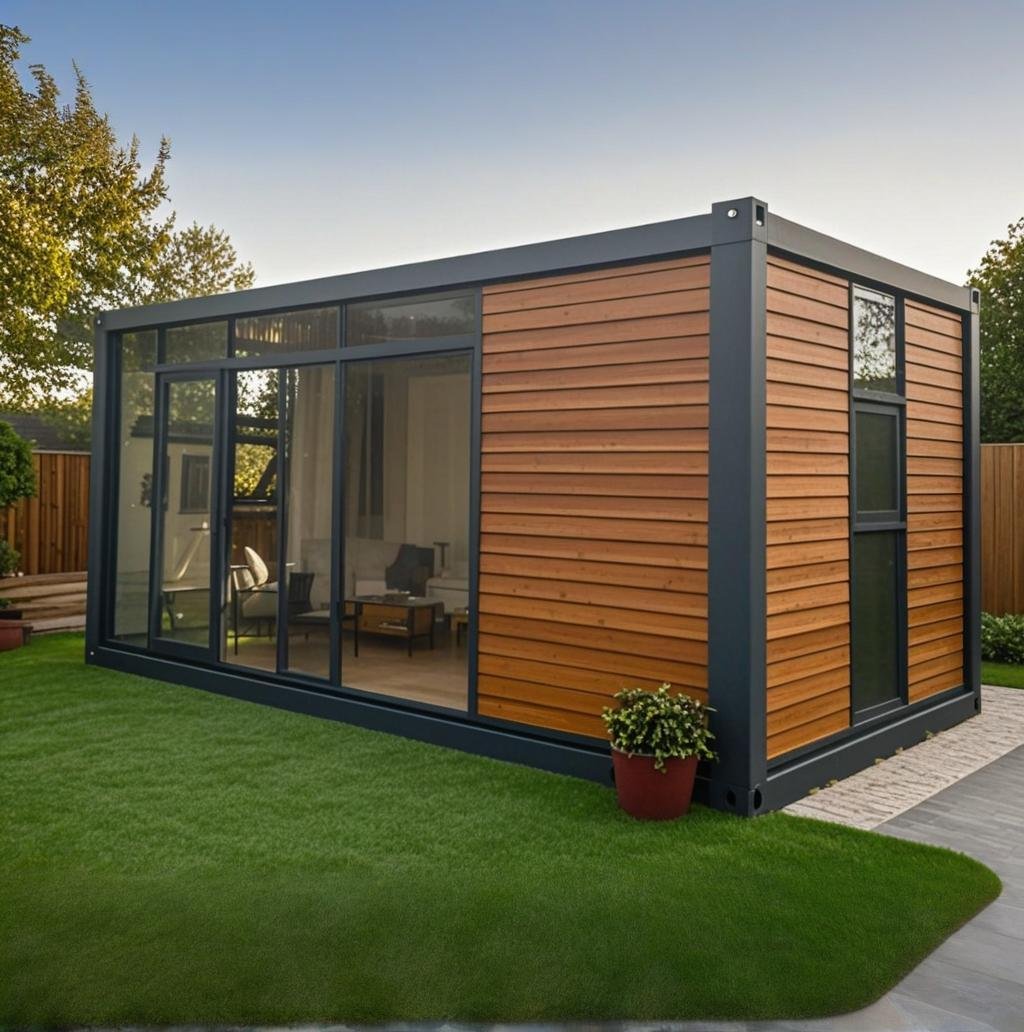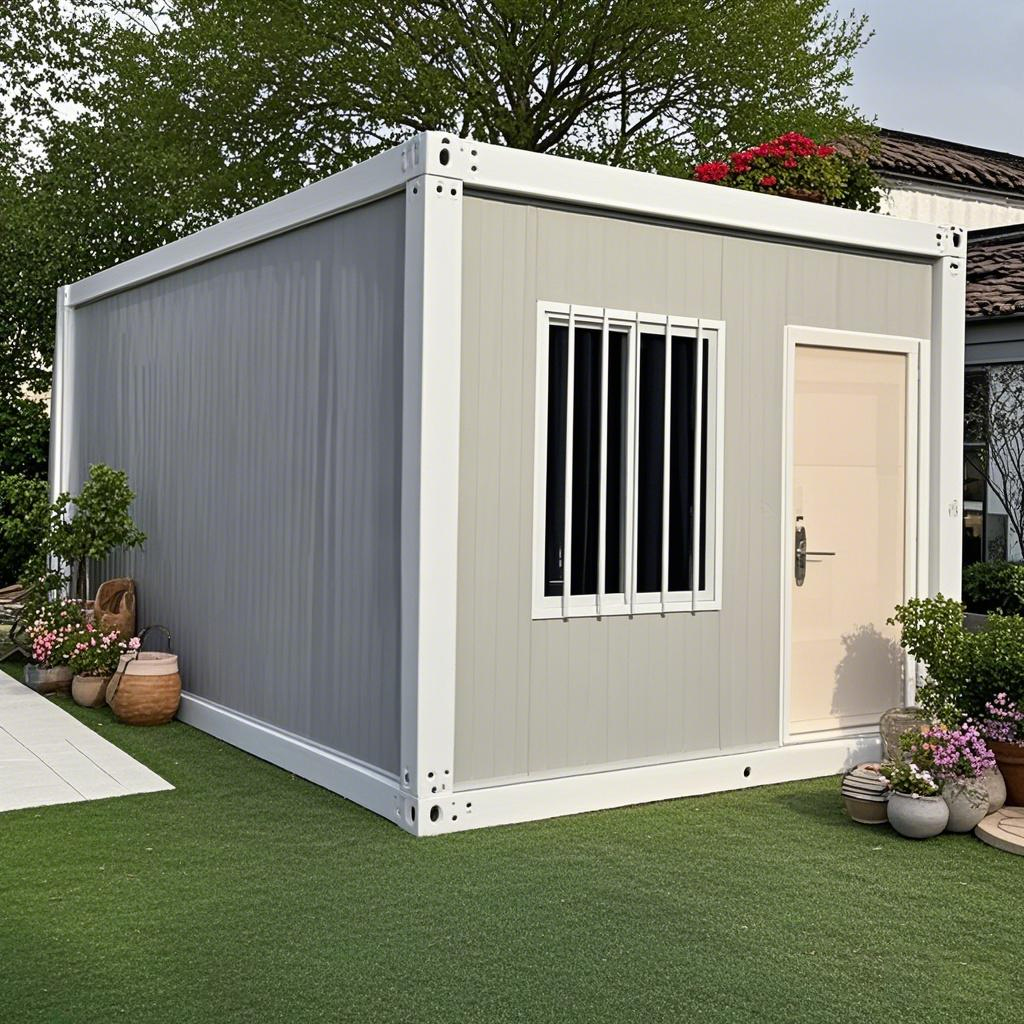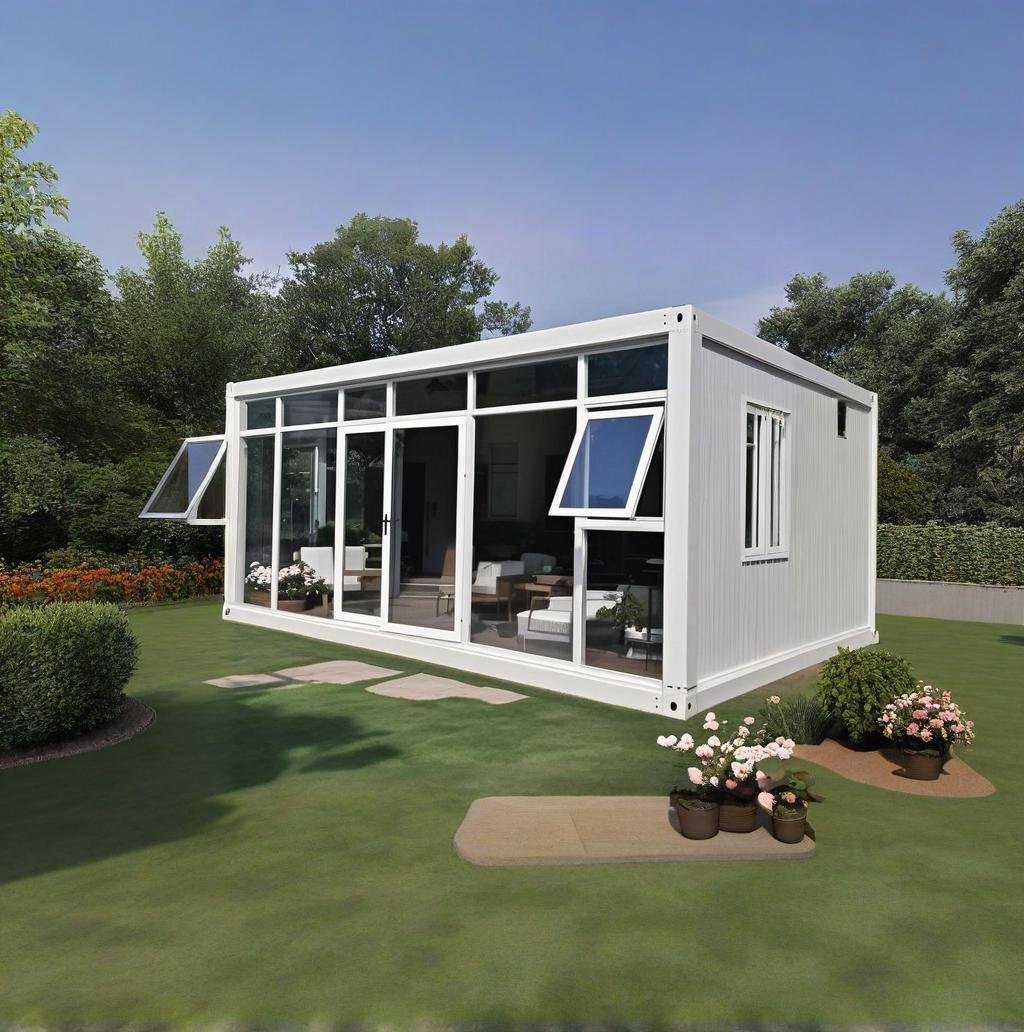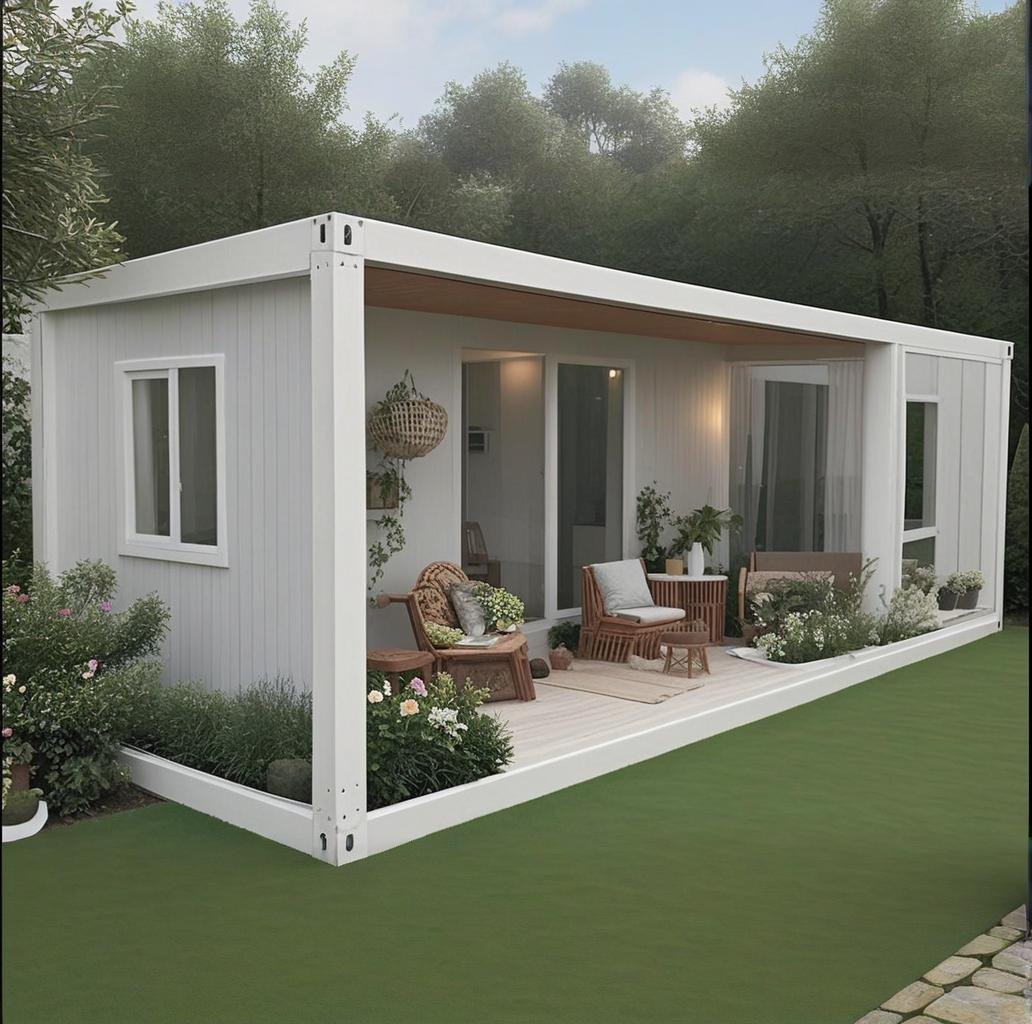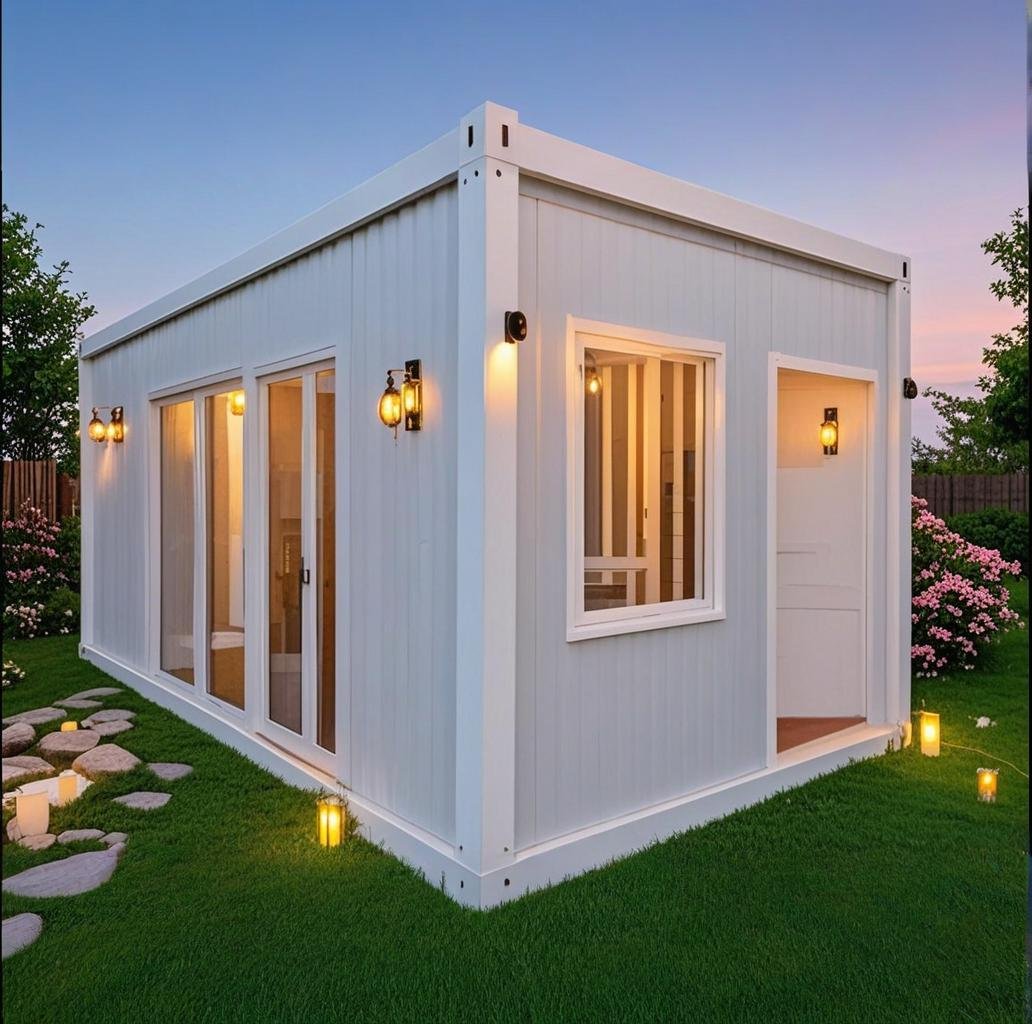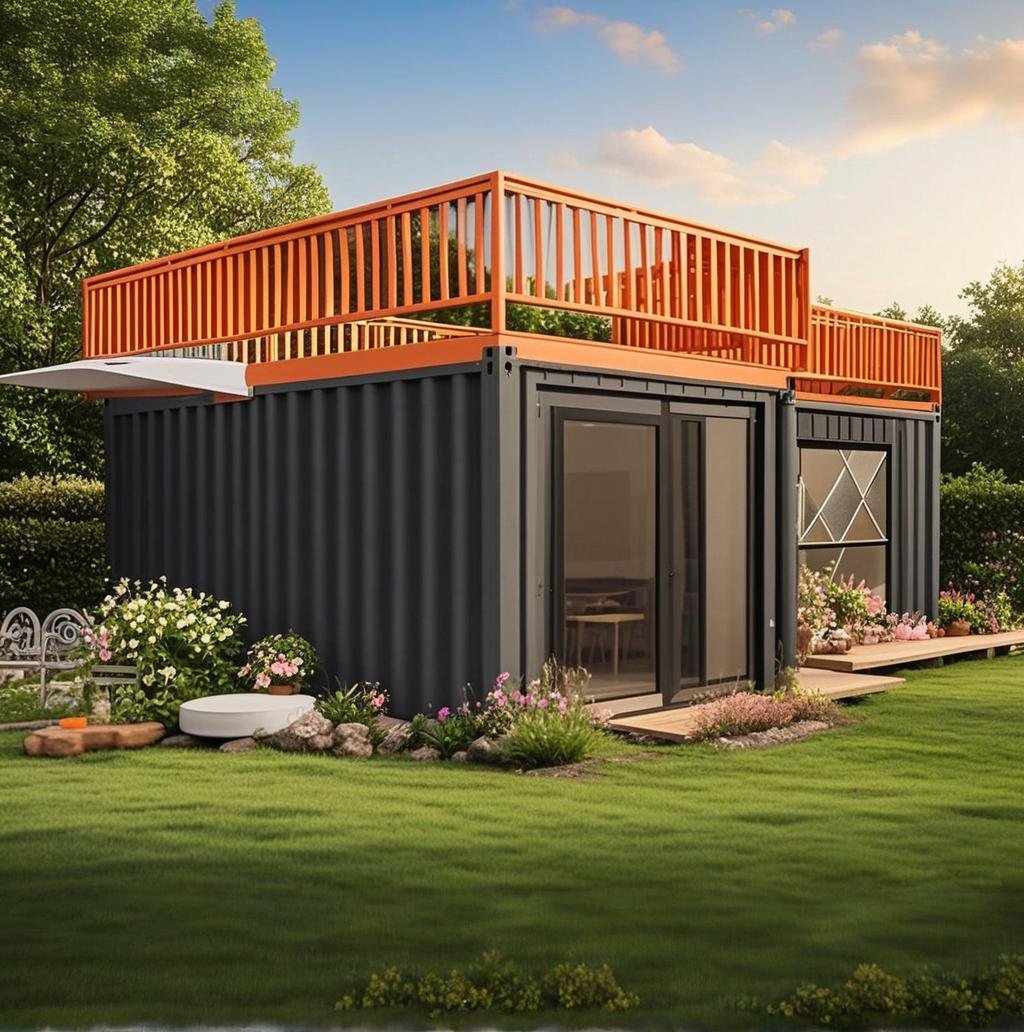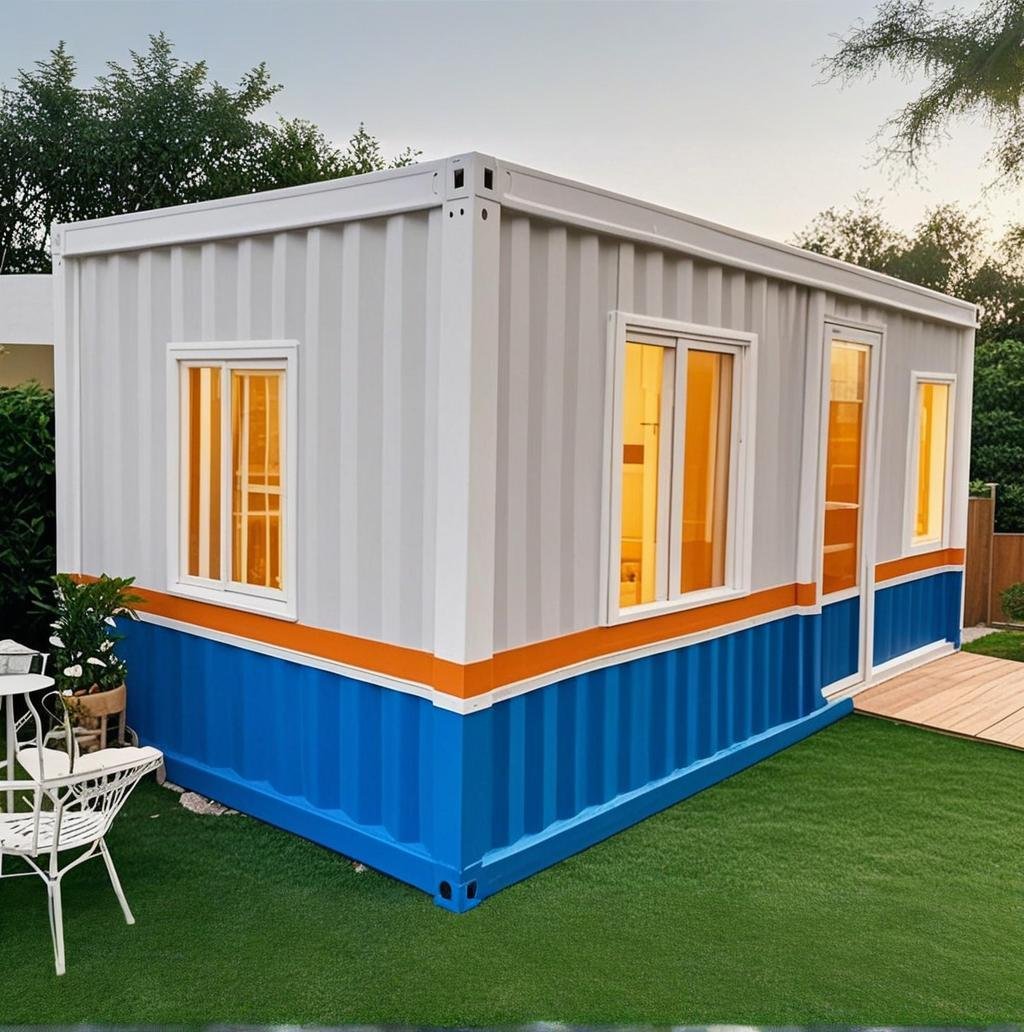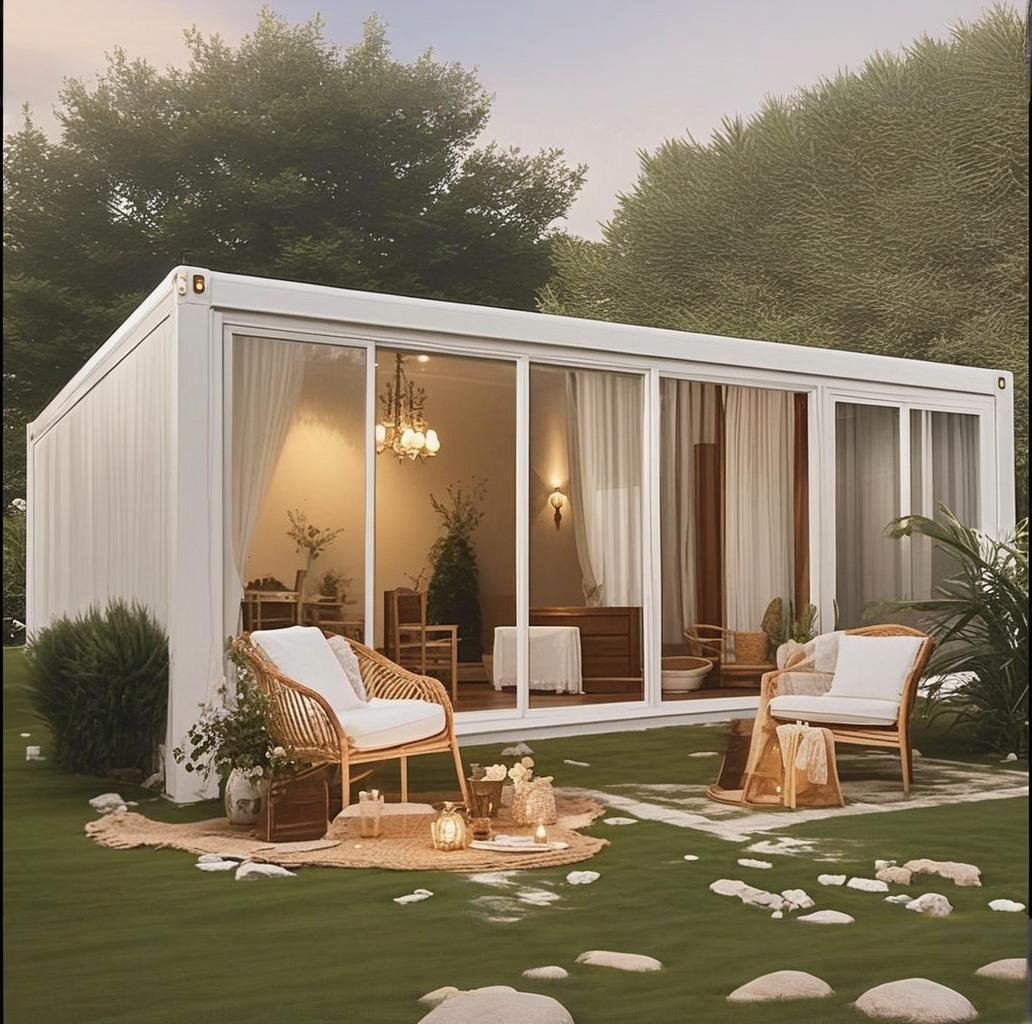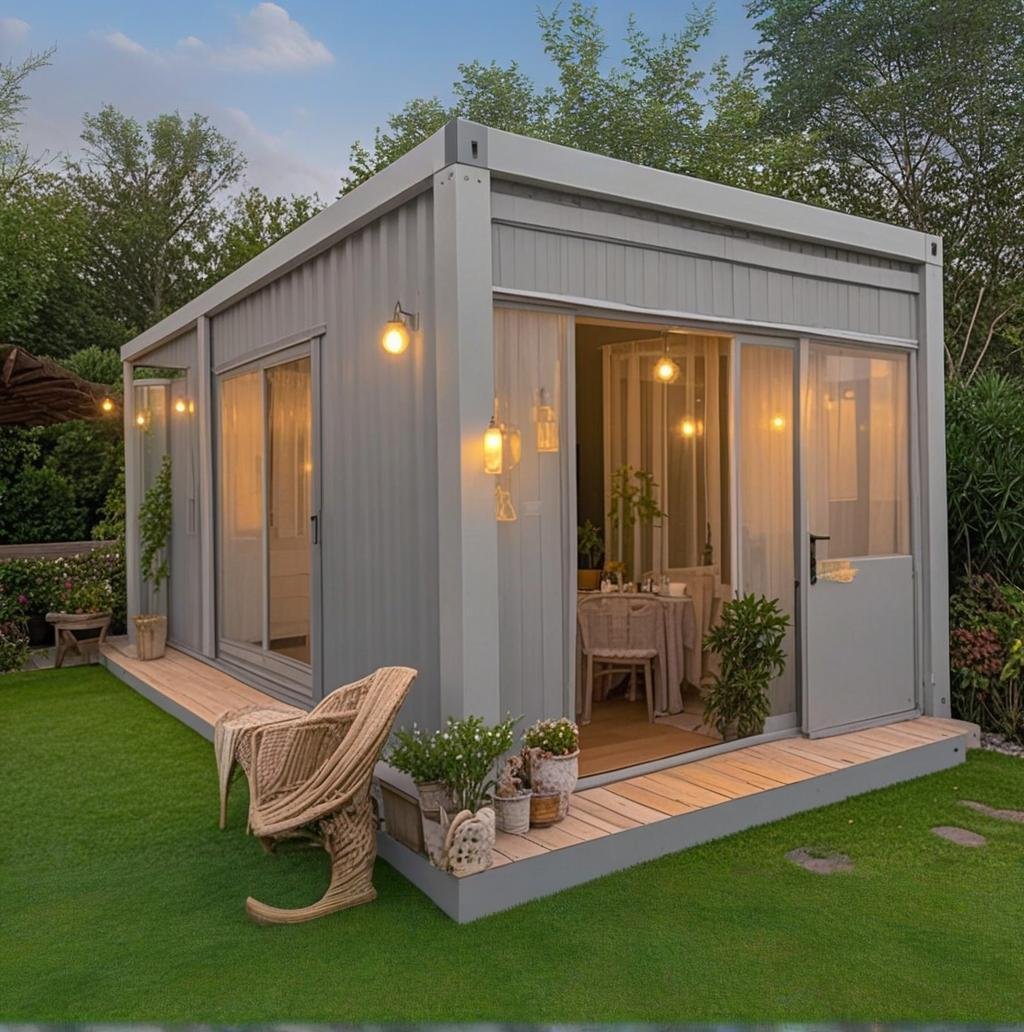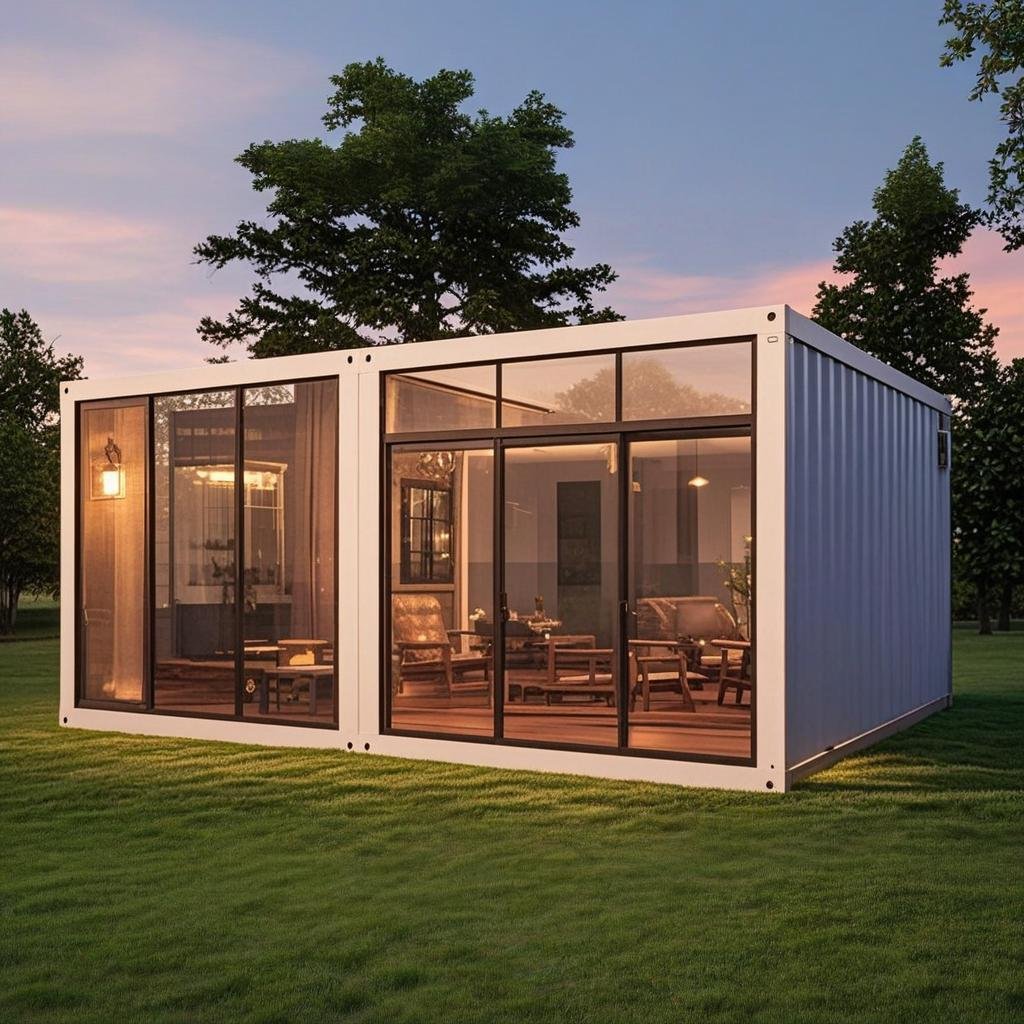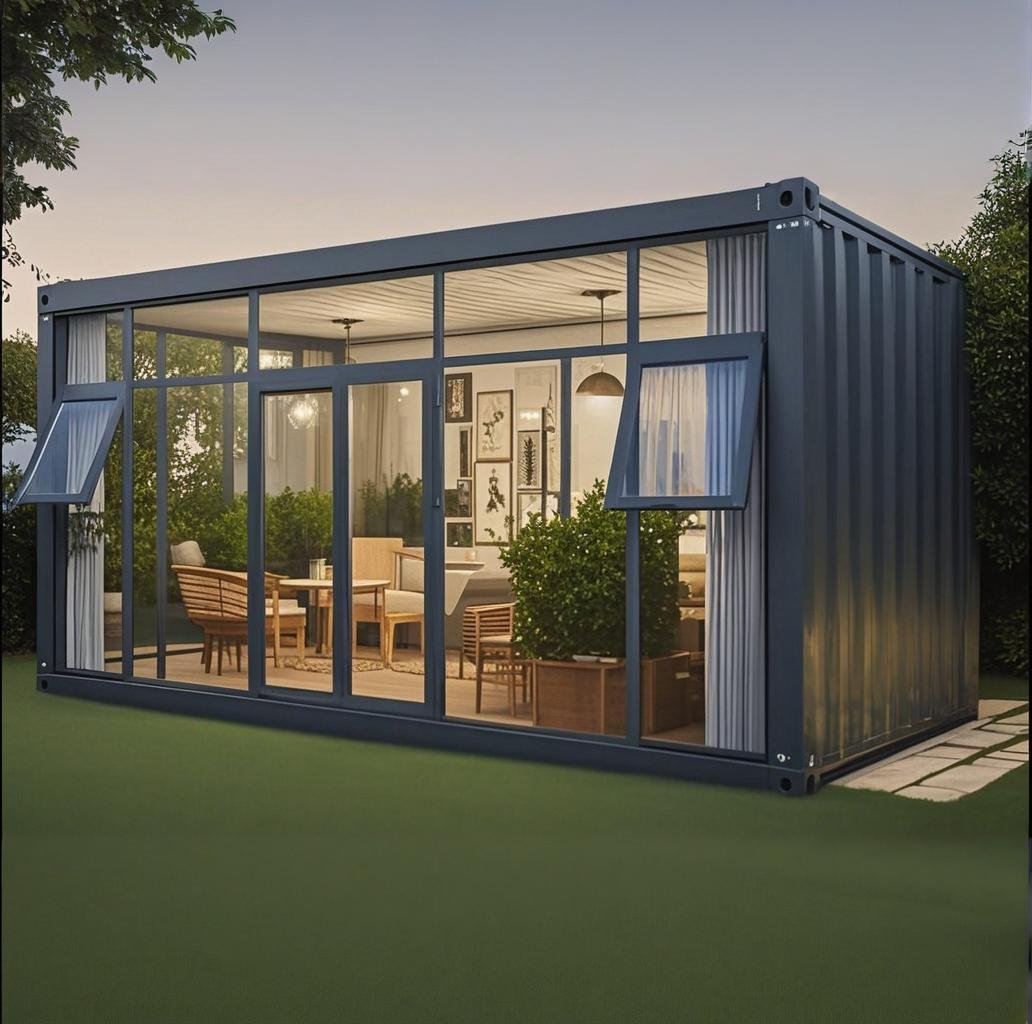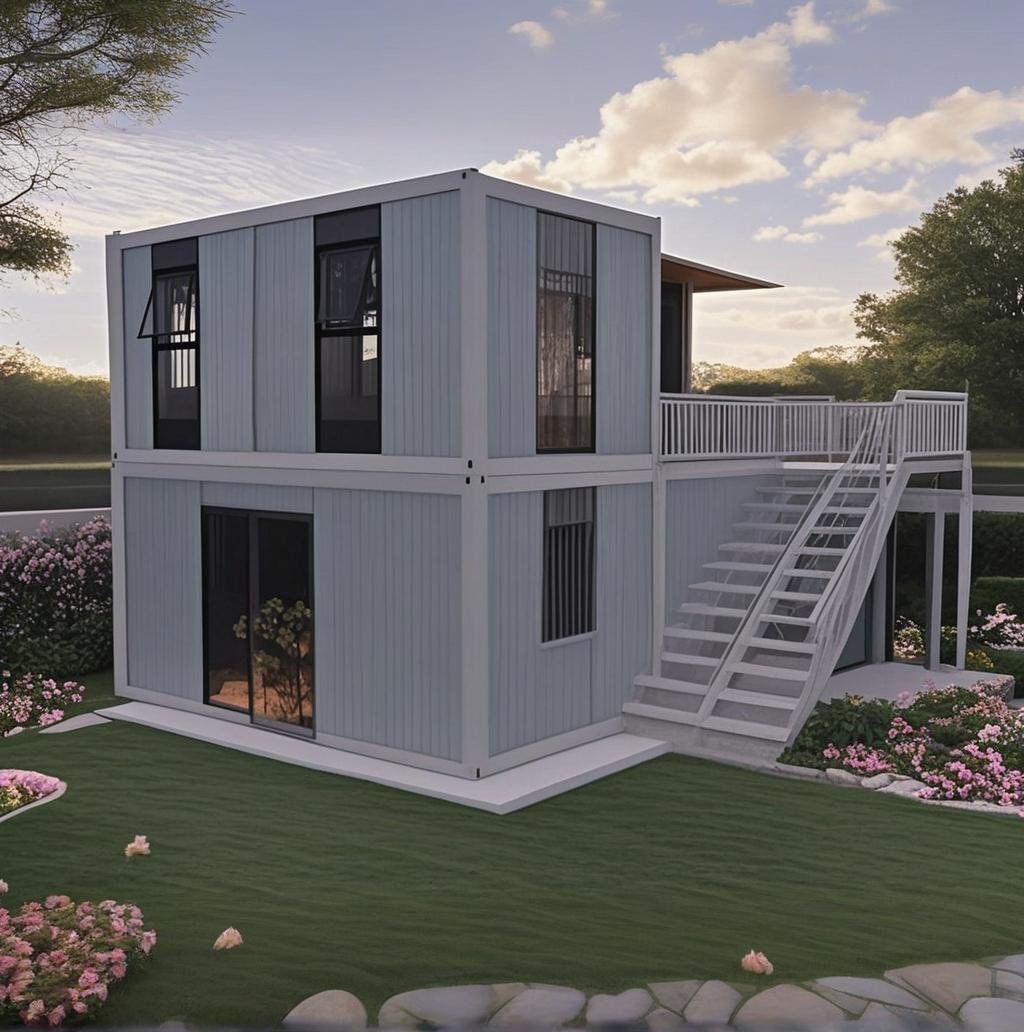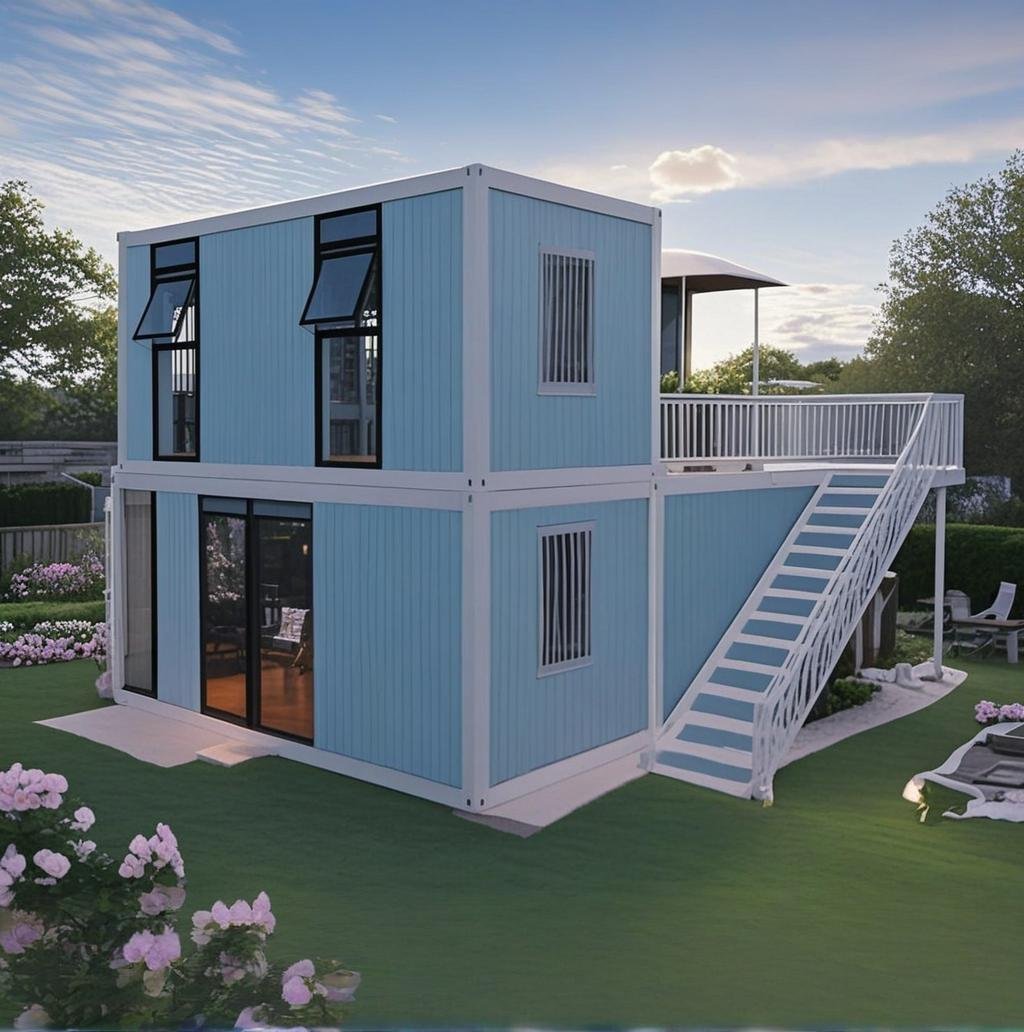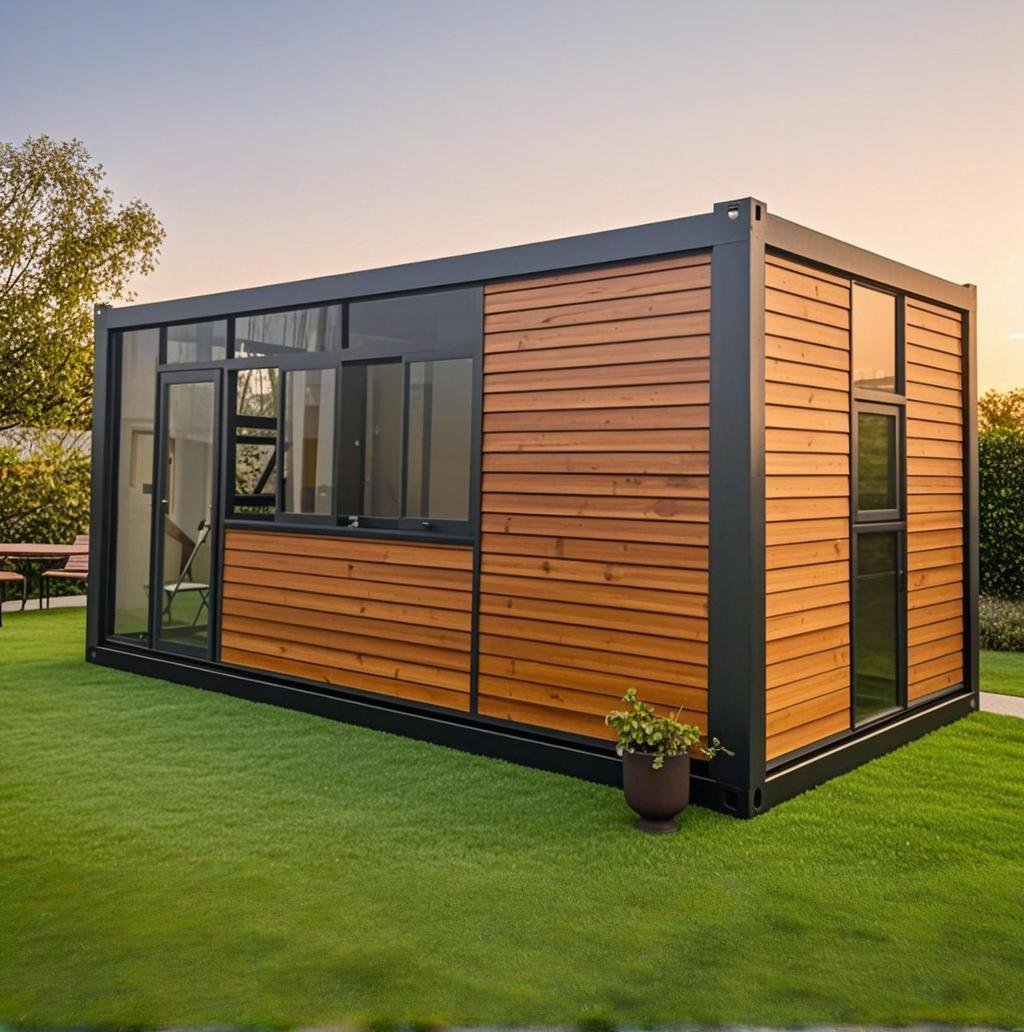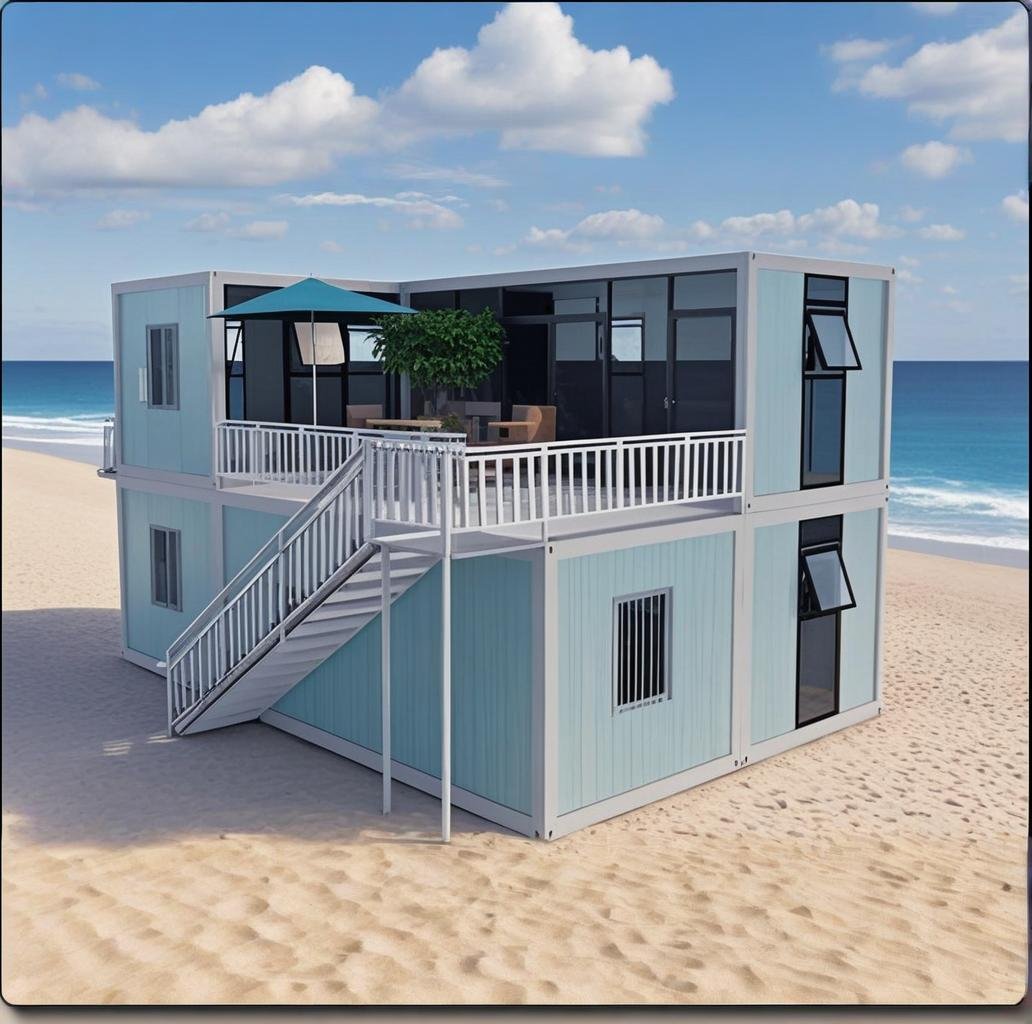FAQ

Prefabricated houses offer numerous advantages that make them an attractive alternative to traditional homes. With their cost-effectiveness, time-efficiency, eco-friendliness, and flexibility in design, they are quickly becoming the go-to choice for many homeowners and builders alike. If you are considering building a home, be sure to explore the possibilities of prefabrication as it may just be the perfect fit for your housing needs.
Q1: Are you a factory or trading company?
A: We are a professional manufacturer of prefab houses, and we can provide a one-stop service for our customers. And you can get the best competitive price.
Q2: How to install?
A: We will provide installation instructions and video for you.
03: How long is your delivery time?
A: Generally it is within 3-30 days, definitely according to quantity and color.
Q4: How can I get the quotation for the projects?
A: If you have a drawing, we can offer you our quotation according to your drawing.
If you have no design, Our engineer will design some drawings for you to confirm.
Q5.What is a prefab container house?
A: A prefab container house is a standardized and modular box, usually made of steel or other sturdy materials, and can be used for various purposes such as temporary living, office, and storage.
Q6.What are the specifications and sizes of prefab container houses?
A: Common packing container sizes include 20 feet (about 6.1 meters), 40 feet (about 12.2 meters), etc. The internal size may vary depending on different manufacturers and designs.
Q7.What are the structural
characteristics of prefab container houses?
A: It has a sturdy frame structure that can withstand a certain load. The walls and roofs usually have good insulation, heat insulation, and fire resistance properties.
Q8.How long is the service life of a prefab container house?
A: Under normal use and maintenance, the service life of a prefab container house can reach 10 – 20 years.
Q9.Can prefab container houses be customized?
A: Yes, you can customize the size, appearance, and internal layout according to your own needs.
Q10.How are prefab container houses transported and installed?
They are usually transported by trucks or containers, and during installation, equipment such as cranes can be used for lifting and assembling.
Q11.How much is a prefab container house?
A: The cost varies depending on factors such as size, material, and configuration. Generally speaking, the price is relatively more economical and affordable compared to traditional buildings.
Q12.How is the insulation and sound insulation effect of a prefab container house?
A: High-quality insulation and sound insulation materials are used, which can provide better insulation and sound insulation performance, but the effect will also be affected by the quality of the materials and the installation process.
Q13.Do prefab container houses comply with building codes and safety standards?
A: Prefab container houses produced by regular manufacturers usually comply with relevant building codes and safety standards.
Q14.What scenarios are prefab container houses suitable for?
A: They are suitable for temporary offices and accommodations at construction sites, post-disaster reconstruction, temporary facilities in tourist attractions, factory warehouses, etc.
Q15.What should be noted for the later maintenance of prefab container houses?
A: Regularly check the stability of the structure, waterproof performance, maintain insulation and sound insulation materials, and clean and maintain components such as doors and windows.
Q16.Can prefab container houses be reused?
A: Yes, its detachable and movable characteristics enable it to be reused in different locations.
Q17.How to solve the problem of water and electricity access for prefab container houses?
A: Water and electricity lines can be laid and connected through reserved interfaces.
Q18.How does the performance of prefab container houses under extreme weather conditions?
A: Prefab container houses that have been reasonably designed and reinforced can withstand extreme weather such as wind, rain, and snow disasters to a certain extent, but the specific situation also needs to consider its quality and the environmental conditions of the installation location.
Prefab Container House Ideas
